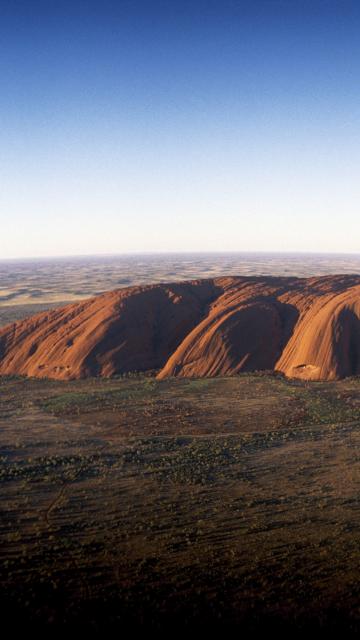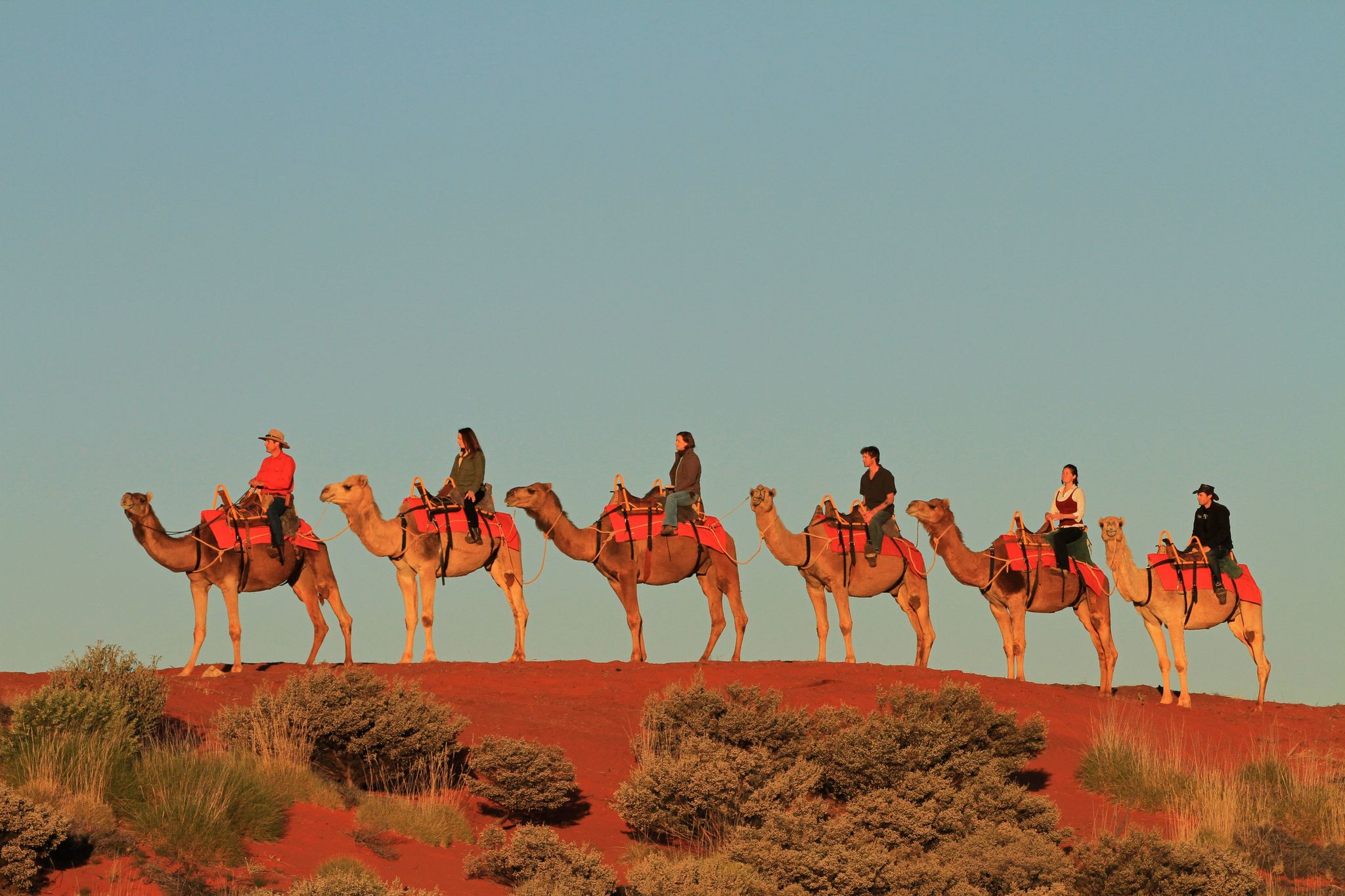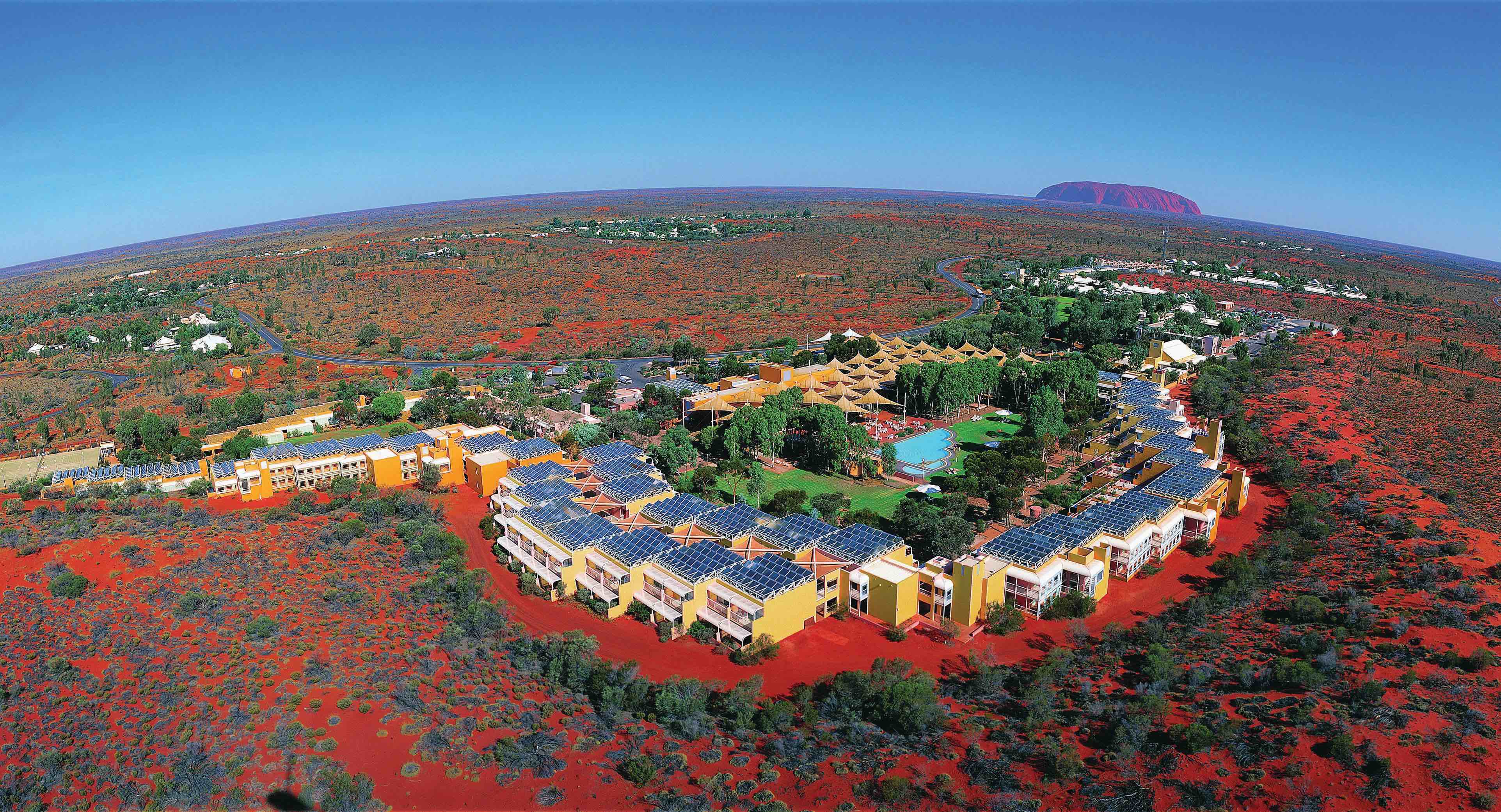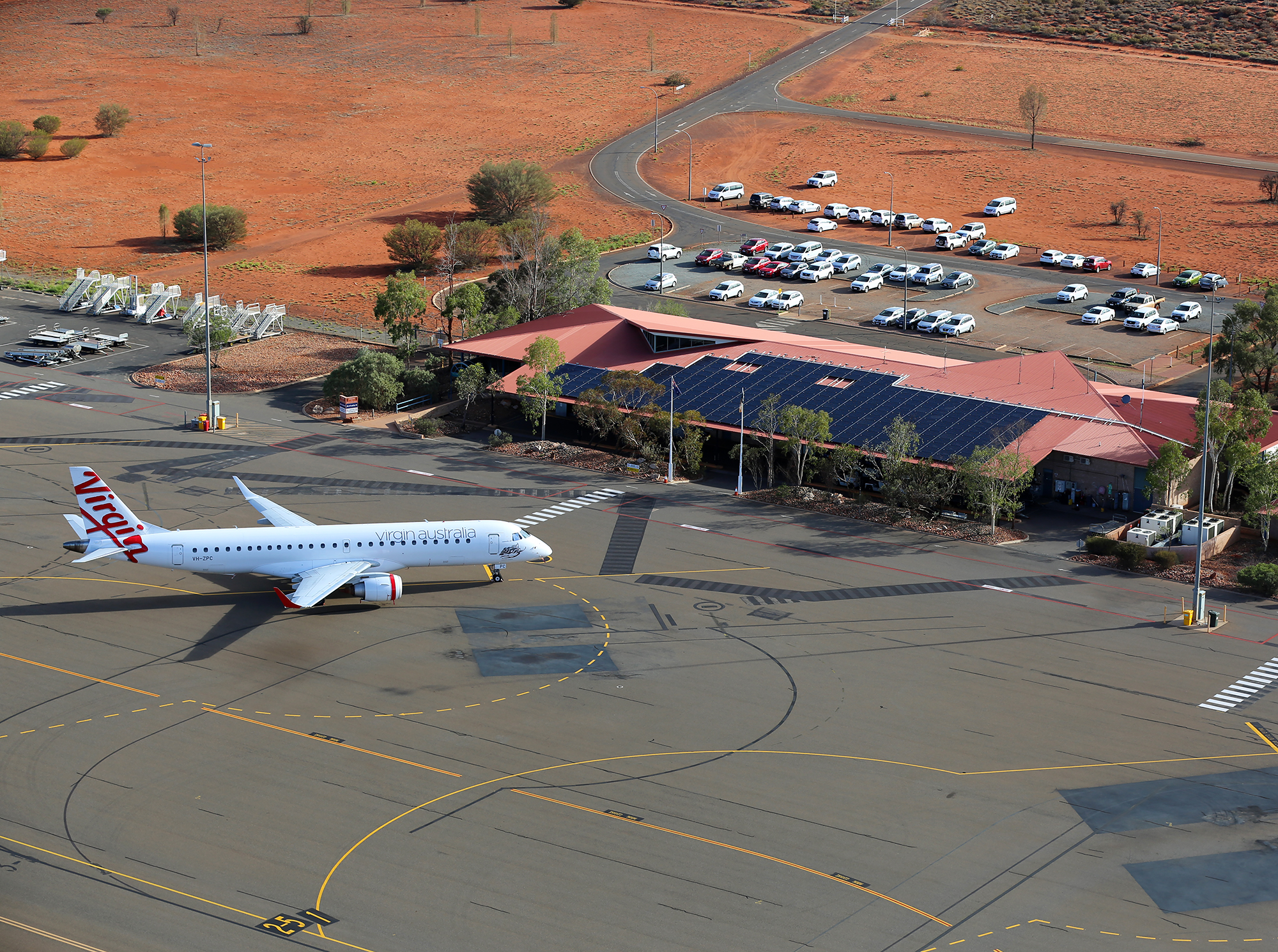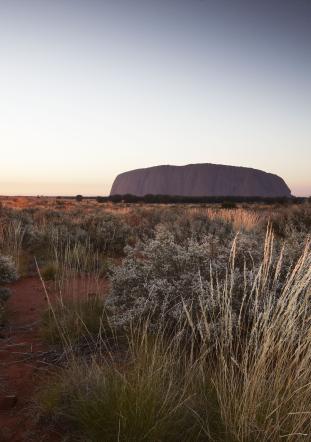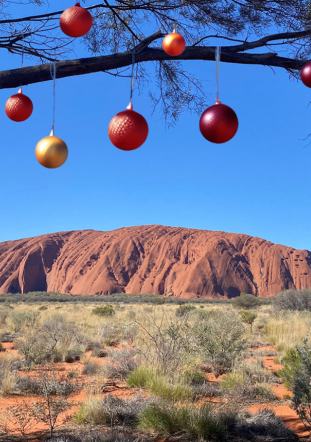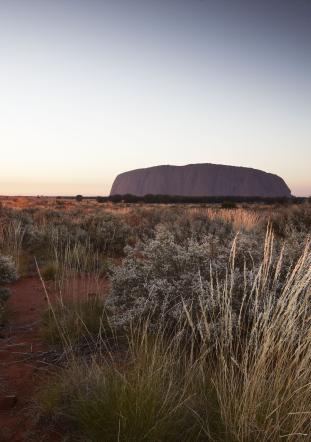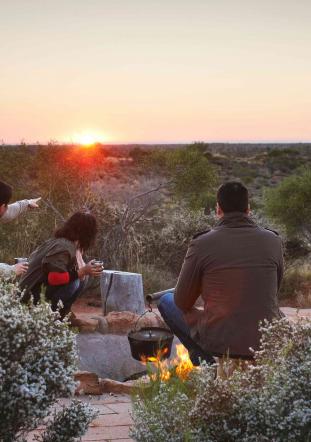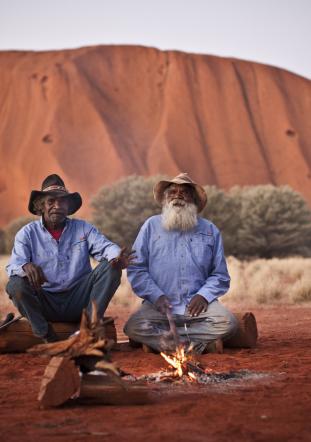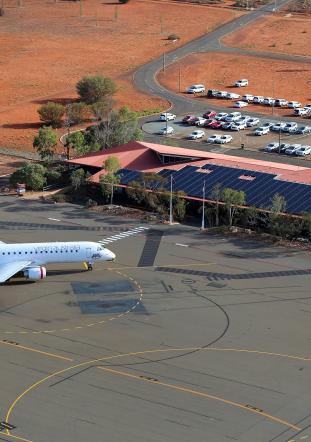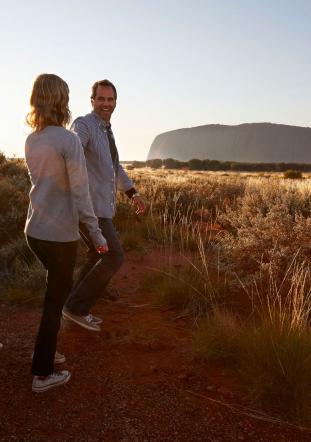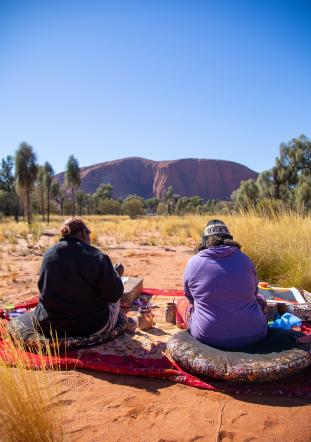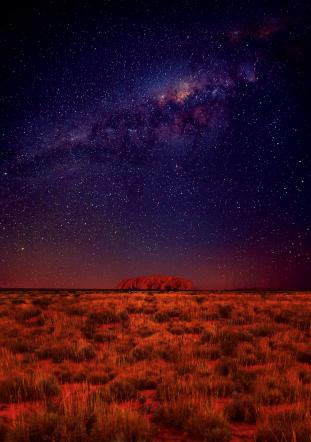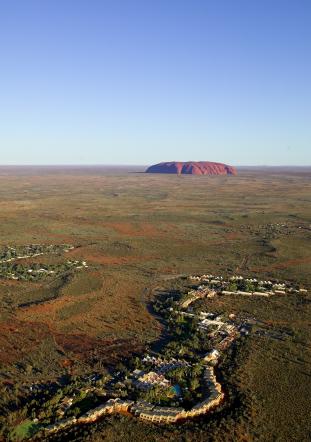What is Uluru?
Uluru, also known as Ayers Rock, is one of Australia's most recognisable natural landmarks located in Uluru-Kata Tjuta National Park in Australia’s Northern Territory. Uluru is the world’s largest monolith or more accurately, an ‘inselberg’ which is an isolated mountain or hill rising from a plain in a hot and dry region. Made of arkose sandstone, Uluru rises 348 metres above the ground, a further 6km below the ground and has a circumference of 9.4 kilometres. At 348 meters tall, Uluru is higher than The Statue of Liberty (93m) and taller than Paris’ Eiffel Tower (324m) and only 33m lower than the Empire State Building (381m). To the Australian Aboriginal people, Uluru is sacred. Archaeological research shows that the Aboriginal people have lived in this area for over 30,000 years.
Why should I visit Uluru?
You haven’t seen Australia until you’ve visited this sacred Aboriginal site in the heart of the country. To truly appreciate its magnitude and beauty, Uluru has to be experienced up close and personal. Like Yellowstone, Pompeii and the Grand Canyon, photographs fail to fully capture the essence of the place. It is truly a remarkable destination and provides visitors an opportunity to connect to Aboriginal culture and experience the Aussie outback.









